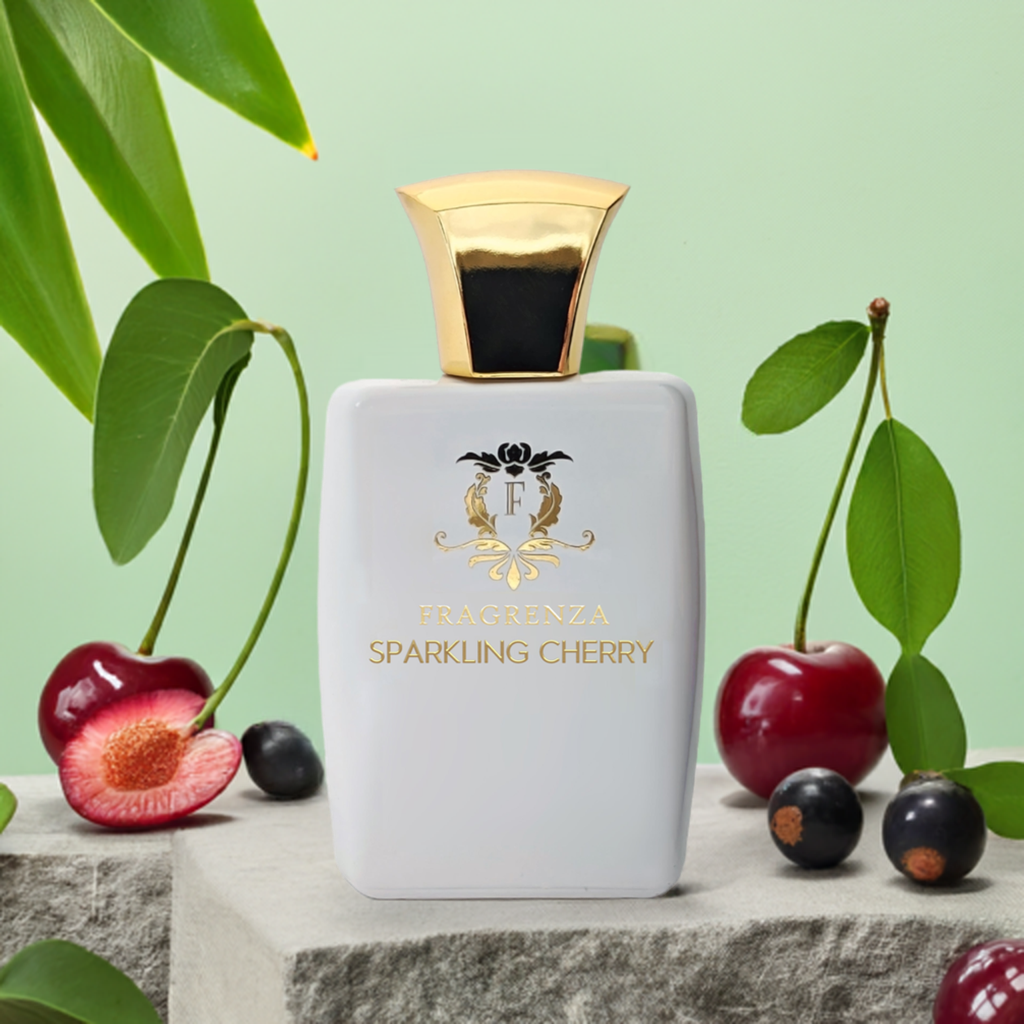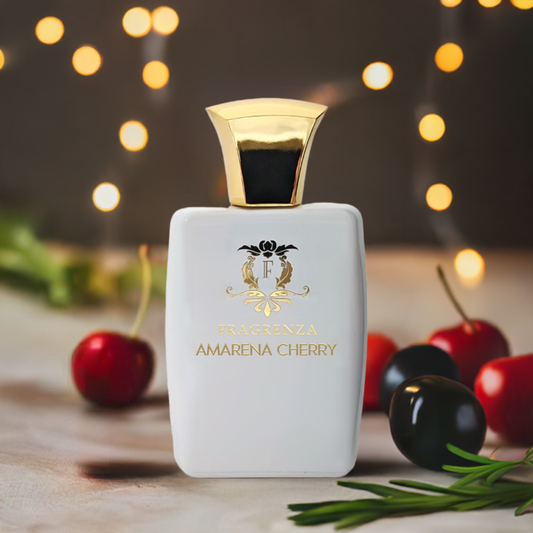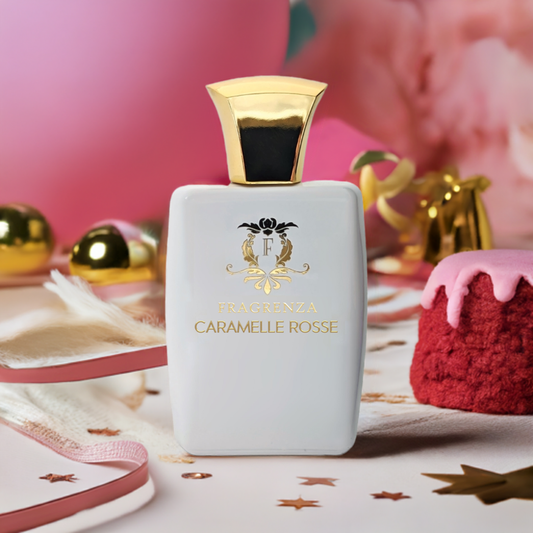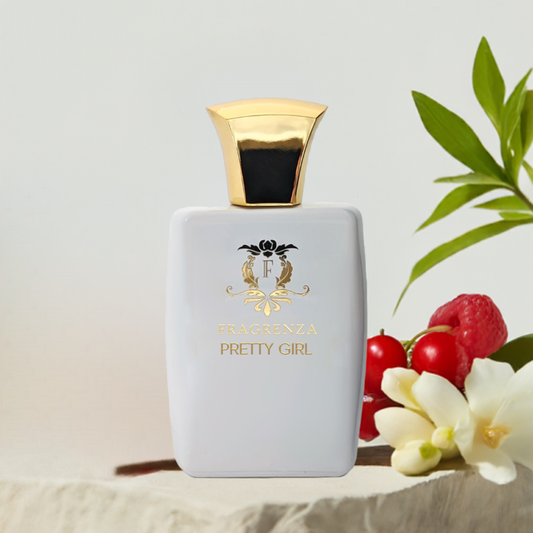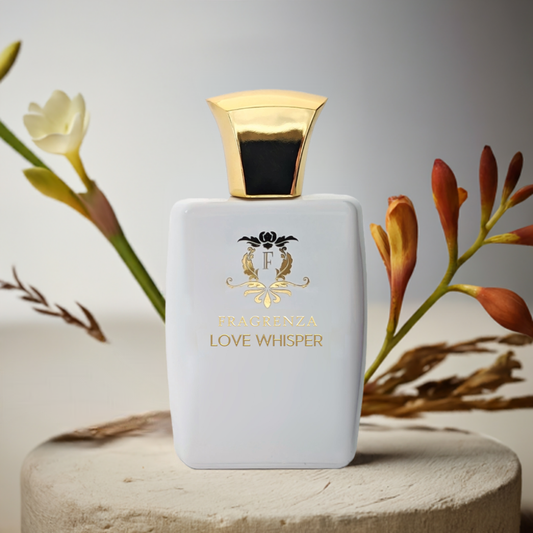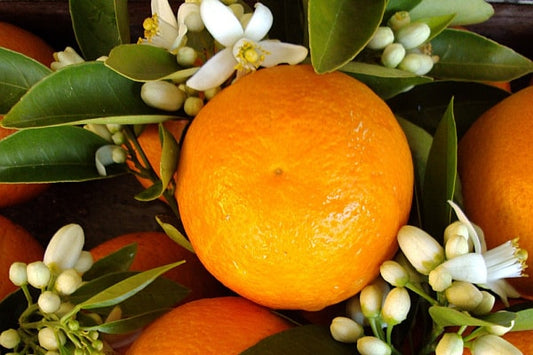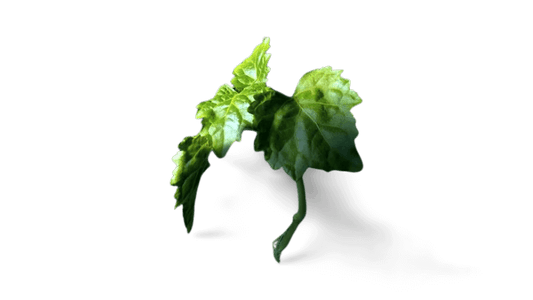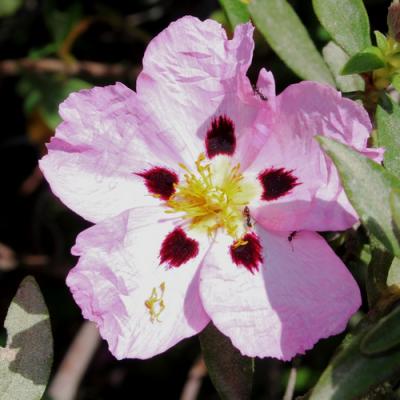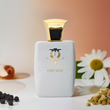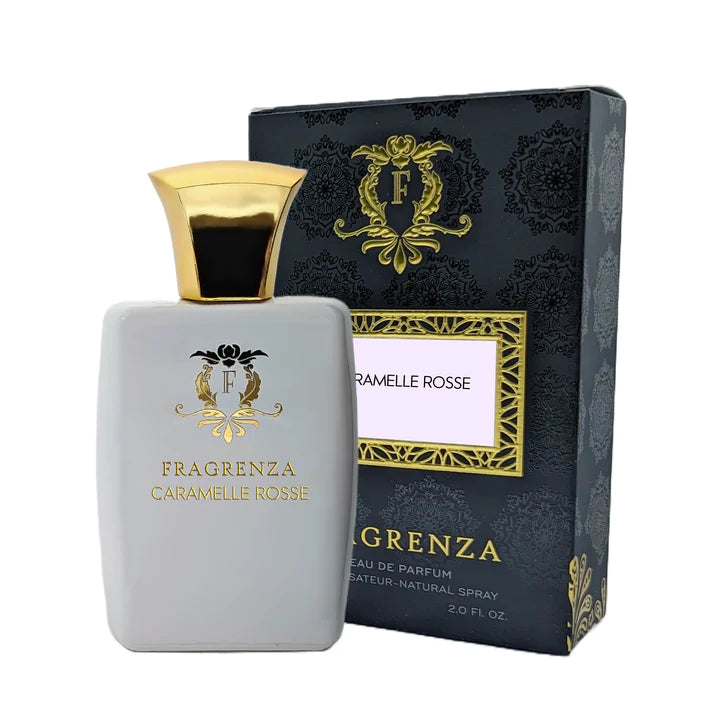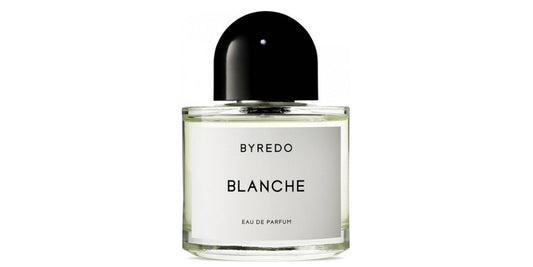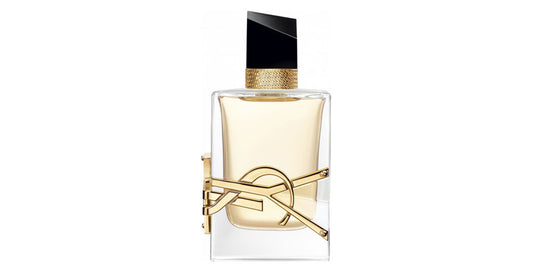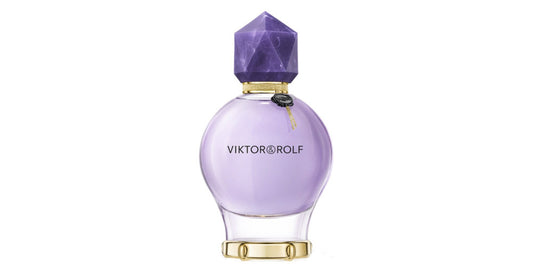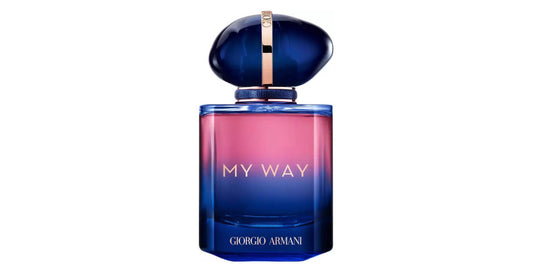Hedione in perfumery
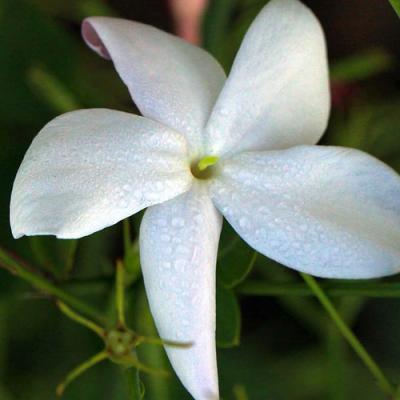
In This Article
The Origins of Hedione
Hedione is a molecule discovered in the 1960s by Firmenich, a renowned fragrance and flavor company. In 1962, Firmenich patented hedione, which is based on methyl dihydrojasmonate, a compound found in jasmine absolute. The discovery aimed to capture the intense freshness of this white flower. Interestingly, hedione also occurs naturally in tea. Its initial abstract nature was elevated to global prominence when it was used in Dior's Eau Sauvage perfume in 1966. Perfumers regard hedione as a revolutionary addition to their olfactory palette. Consequently, it has become one of the most widely used ingredients in perfumery for both men's and women's fragrances.
Hedione's Properties and Applications
Hedione's popularity in perfumery can be attributed to its unique characteristics, which include a fresh, floral, and slightly citrusy water jasmine scent. Moreover, hedione enhances a perfume's aroma and adds volume, acting as an olfactory booster. Its fragrance is relatively subtle, imparting a sense of perfumed air. Hedione's androgynous nature makes it suitable for both feminine and masculine fragrances. It can be incorporated into various scent compositions, such as floral, citrus, woody, or chypre arrangements.
When combined with orange blossom, hedione exhibits a radiant quality. It is often complemented by hawthorn, honeysuckle, or cyclamen, all of which contribute to the same burst of freshness and lightness. In essence, hedione possesses the remarkable ability to prolong the freshness of fragrances containing it, providing the tenacity of a perfume while maintaining the lightness of a cologne. Its airy appeal has led to hedione becoming an indispensable cornerstone of modern perfumery.
Fun Facts About Hedione
- Hedione's name is derived from the Greek word "hedone," which means pleasure or delight, reflecting its alluring scent.
- Research has shown that hedione can stimulate the brain's release of sex hormones, making it a potential aphrodisiac.
- Aside from Dior's Eau Sauvage, hedione has been used in numerous iconic fragrances such as CK One by Calvin Klein, Acqua di Gio by Giorgio Armani, and J'adore by Dior.
- Although hedione was initially identified in jasmine, it is also present in other flowers like magnolia, honeysuckle, and tuberose.
